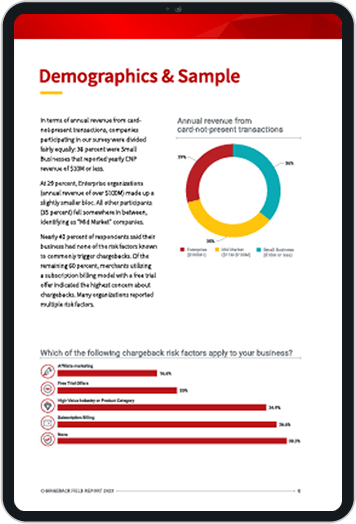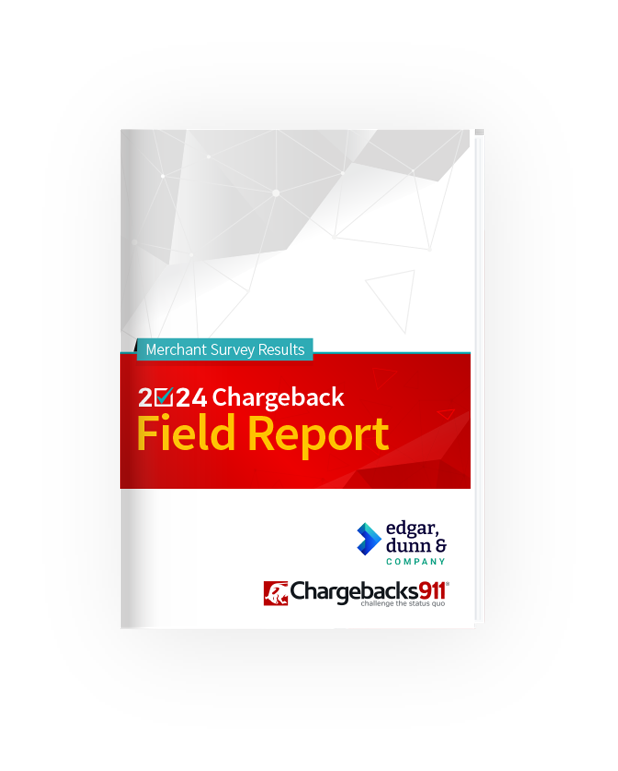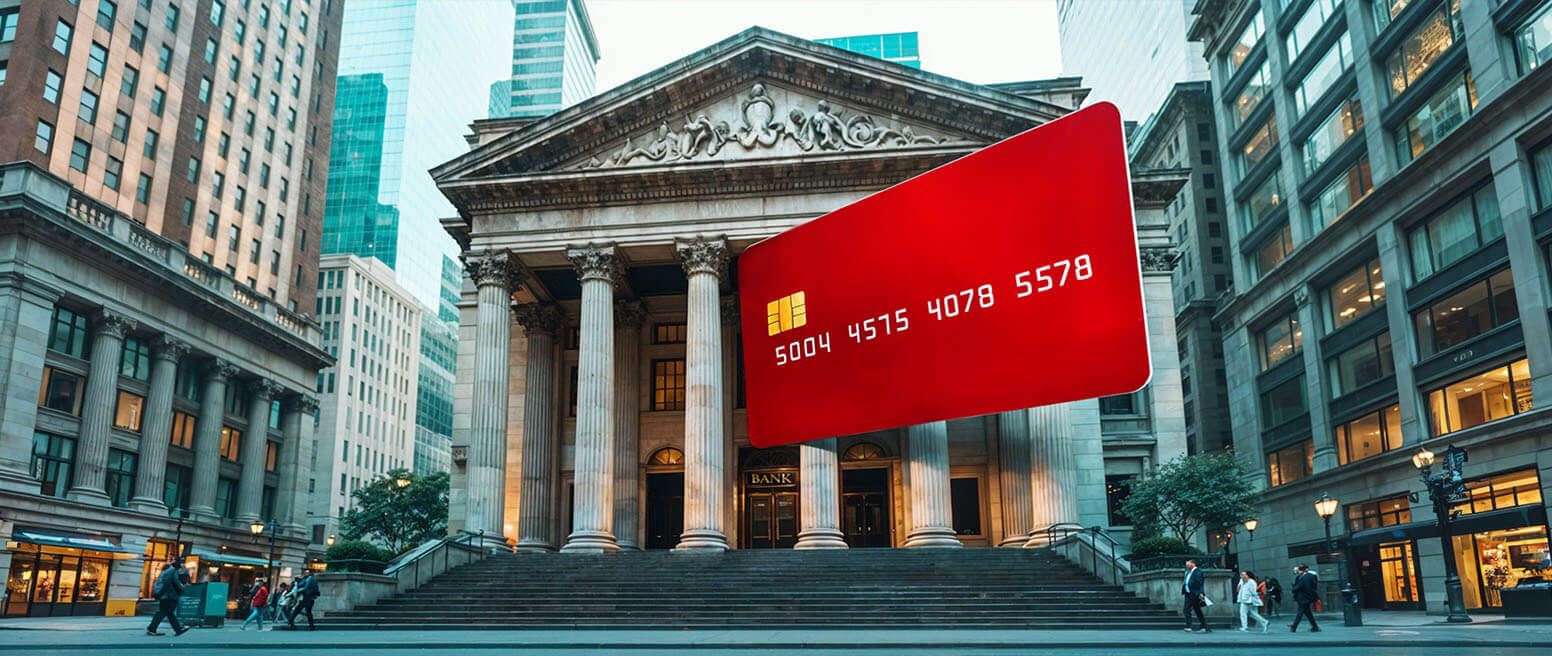Get the Rundown on Visa Interchange Rates for 2022
Like any card network, Visa charges an interchange fee for merchants that accept Visa credit and debit card payments. For their part, they attempt to be very clear and straightforward about these charges.
To better understand how Visa interchange rates might affect your business, it’s important to cover the basics first.
Recommended reading
- Merchant Identification Numbers | How Do MIDs Work?
- Why is My Bank Account is Under Investigation?
- Issuer Declines: 7 Reasons They Happen & How to Fix Them
- What is an Issuing Bank? The Issuer's Role in Payments
- What is an Acquiring Bank? The Acquirer's Role in Payments
- How Debit Payment Processing Works: Costs, Rules, & More
Interchange: at a Glance
Interchange fees (also known as interchange reimbursement fees), are transaction fees that you pay for the privilege of accepting credit, debit, and prepaid card transactions.
An interchange fee is a fee assessed by card networks and paid by merchants who accept credit card or debit card payments. This per-transaction fee covers the costs associated with processing payment card transactions using the card network’s payment infrastructure.
Card networks (Visa, Mastercard, etc.) determine interchange fees, which merchants pay to the issuer involved in each card transaction. The issuer keeps a small portion, then forwards the rest to the card network.
$2.20% merchant discount rate
Interchange fees can vary from one transaction to the next, depending on your risk level as a merchant, the value of the transaction, the payment method used, and the complexity of the purchase. But, you can expect interchange to be equal to around 1-3% of the transaction amount.
You’ll pay interchange fees through your payment processor. These fees might be rolled into the fees assessed by the processor (called “blended” pricing), or can be listed as separate charges (called “pass-through” pricing).
For more general information about interchange fees in general, check out our main article on the topic.
Learn more about interchange ratesVisa Interchange Rates
Visa refreshes their schedule of interchange fees twice per year (once in April and again in October). Its most recent interchange fee schedule was published in October 2024.
According to Visa, their interchange fees apply to transactions involving Visa-branded cards within the United States. But there’s some nuance to this statement; different interchange fees apply to US-issued and foreign-issued Visa-branded cards, even if both are used within US borders.
There’s another complication, too. As mentioned previously, you pay a host of other fees and markups that are based on interchange rates. But, you don’t interchange fees directly. Per Visa:
“Merchants do not pay interchange reimbursement fees; merchants pay ‘merchant discount’ to their financial institution. This is an important distinction, because merchants buy a variety of processing services from financial institutions; all these services may be included in their merchant discount rate, which is typically a percentage rate per transaction.”
Still, familiarizing yourself with Visa’s interchange fee schedule is important, because it represents a large portion of what it costs you to accept credit and debit cards.
Visa has hundreds of different interchange rates for every situation. But, I’ve tried to distill the information down into the tables below to make things as easy as possible to understand.
Visa-Branded Debit & Prepaid Card Interchange Fees
| Select Transaction Types | Regulated Debit/Prepaid | Exempt Debit/Prepaid | Fee Cap (if applicable) |
| Supermarket (card-present) | 0.05% + $0.21 | 1.15% + $0.15 (prepaid cards only) | $0.35 (prepaid cards only) |
| Retail (card-present) | 0.05% + $0.21 | 0.80% + $0.15 (debit cards only) | None |
| Fuel Stations | 0.05% + $0.21 | 0.80% + $0.15 (debit cards only) | $0.95 |
| Restaurants | 0.05% + $0.21 | 1.19% + $0.10 (debit cards only) | None |
| eCommerce | 0.05% + $0.21 | Low: 1.65% + $0.15 High: 1.75% + $0.20 | None |
| Utilities (recurring transactions) | 0.05% + $0.21 | $0.45 flat-rate | None |
Regulated rates apply if a debit card involved in a transaction is issued by a bank with more than $10 billion in assets. If a debit card is associated with an issuer with a balance sheet below this threshold, then it is considered exempt.
Visa-Branded Credit Card Interchange Fees
| Select Transaction Types | Visa Infinite | Visa Signature | All Other Visa Rewards Programs |
| Supermarket | Low: 1.65% + $0.05 High: 2.00% + $0.07 | Low: 1.55% + $0.05 High: 1.75% + $0.05 | Low: 1.18% + $0.05 High: 1.50% + $0.07 |
| Retail | 2.30% + $0.10 | Low: 1.65% + $0.10 High: 2.30% + $0.10 | Low: 1.43% + $0.10 High: 1.51% + $0.10 |
| Fuel Stations | 1.15% + $0.25 ($1.10 Cap) | 1.15% + $0.25 ($1.10 Cap | 1.15% + $0.25 ($1.10 Cap) |
| Restaurants | Low: 2.60% ($0.04 minimum) High: 2.70% | 2.60% ($0.04 minimum) | Low: 2.10% ($0.04 minimum) High: 2.20% |
| eCommerce | Low: 1.88% + $0.10 High: 2.60% + $0.10 | Low: 1.43% + $0.10 High: 2.50% + $0.10 | Low: 1.29% + $0.10 High: 2.04% + $0.10 |
| Utilities | $0.75 flat-rate | $0.75 flat-rate | $0.75 flat-rate |
| Recurring Payments | Low: 1.85% + $0.05 High: 2.30% + $0.05 | Low: 1.33% + $0.05 High: 1.53% + $0.05 | Low: 1.33% + $0.05 High: 1.53% + $0.05 |
The above interchange rates apply to qualified transactions, which are credit card purchases that meet certain Visa rules surrounding authorization, card reads, and settlement. Non-qualified transactions, which are seen as higher-risk, are generally assessed interchange fees of 3.15% + $0.10 per transaction.
Key Visa Interchange Fee Takeaways For Merchants
To state the obvious, Visa’s interchange fees aren’t easy to understand. But you don’t have to commit their whole 25-page fee schedule to memory — much less review updates every six months — to know how they impact your business.
Just try to remember the interchange rates that are most relevant for your business. And, If nothing else, remember these three important insights:
#1 | You’ll Pay Lower Interchange Rates on Debit & Prepaid Card Sales
Visa-branded debit cards and prepaid cards almost universally feature lower interchange fees than credit cards. That’s true for nearly all industries, and mostly true regardless of whether the cardholder pays in-person or online.
When you consider regulated debit cards — those issued by large financial institutions with assets of $10 billion or more — the interchange fee difference between debit/prepaid and credit cards becomes even more pronounced. To illustrate, say you’re conducting a $100 purchase online. You’ll pay $0.26 for interchange on a regulated debit card, but $1.98 to $2.70 for a Visa Infinite business card.
#2 | Credit Cards Aren’t Monolithic
Not all credit cards are created equal. Visa Infinite, the card network’s most exclusive tier of credit card, comes with premium perks for cardholders…and costly interchange fees for merchants.
Visa Signature and Signature Preferred, the card network’s mid-tier brands, are a little cheaper to accept. Other Visa reward credit cards feature even lower interchange rates.
#3 | Following the Rules Can Save You Money
Transactions that don’t follow Visa’s standard rules are deemed “non-qualified” transactions. For the card network, this is a red flag. It means the transaction is high-risk; a status that’s almost always synonymous with higher fees.
In fact, at 3.15% + $0.10 per transaction, the interchange fee for non-qualified transactions is anywhere from 50% to double the cost of most qualified credit card transactions.
Visa Interchange Rates are Subject to Change
Remember: Visa updates their rules at least twice per year. And, interchange fees are subject to change at the company’s discretion.
We should expect another round of rule updates this April, which may lower — or raise — Visa interchange fees. Regardless, taking steps to reduce risk is the best move you can make to try and minimize costs.
FAQs
What is the current interchange rate for Visa?
It Depends. Visa interchange fees vary depending on the type of card used, the merchant category code, and whether the transaction was made in-store or online. For example, as of October 19, 2024, the Visa interchange fee associated with a corporate or purchasing department-initiated commercial card-not-present credit card transaction is 2.70% + $0.10.
Who pays Visa interchange fees?
Any merchant who accepts Visa-branded debit or credit cards is responsible for paying Visa interchange fees. These fees are set by Visa every April and October, and merchants pay them to the issuer via their acquirer.
How much does a Visa charge for foreign transactions?
Visa assesses two types of foreign transaction fees. The first is an International Service Assessment (ISA), which can range between 0.3% and 2.3% of the sale. The second is an International Acquirer Fee (IAF), which is set at a flat 0.45% per transaction.
Does Visa make money on interchange?
No, Visa doesn’t make money directly on interchange fees; those fees are paid to the issuer. However, Visa does make money on network assessment fees, which range from 0.13% of the transaction value for debit card purchases to 0.14% for credit card transactions.
How do I avoid interchange fees?
As a merchant accepting credit cards and debit cards, you can’t avoid interchange fees. The only way to avoid interchange fees entirely is if you don’t accept card payments whatsoever.
How to calculate your interchange rate?
An interchange rate is calculated as a percentage of the total transaction amount, plus a fixed amount. For example, if your interchange rate is 2.5% + $0.10, you’ll be responsible for $2.60 in fees on a $100 transaction and $12.60 in fees on a $500 transaction.















